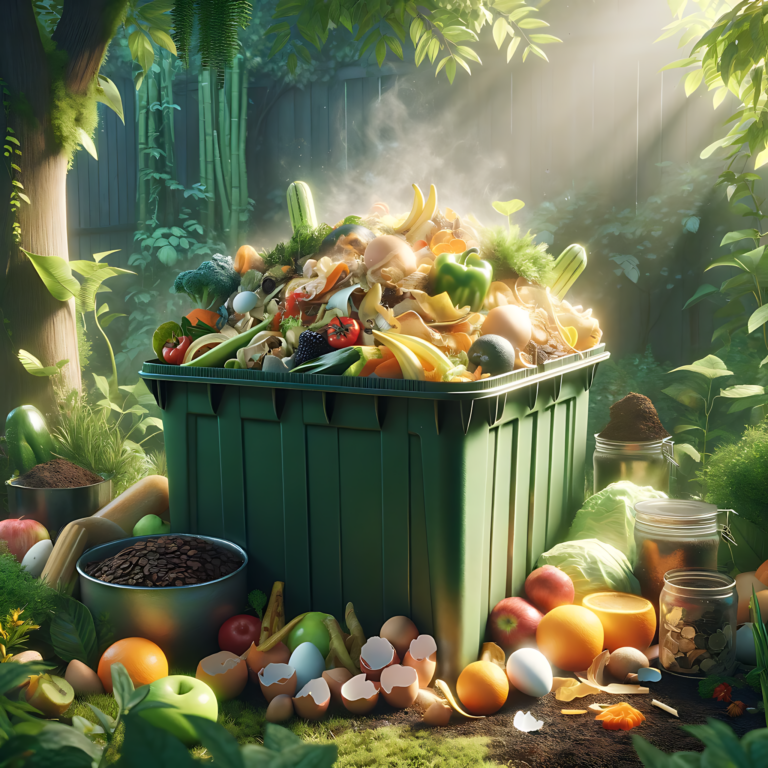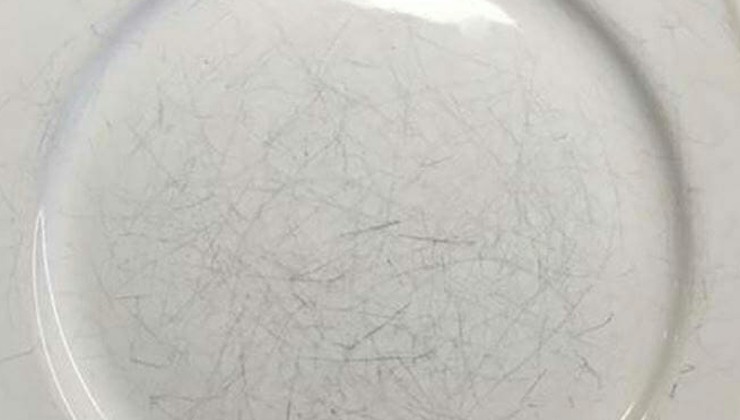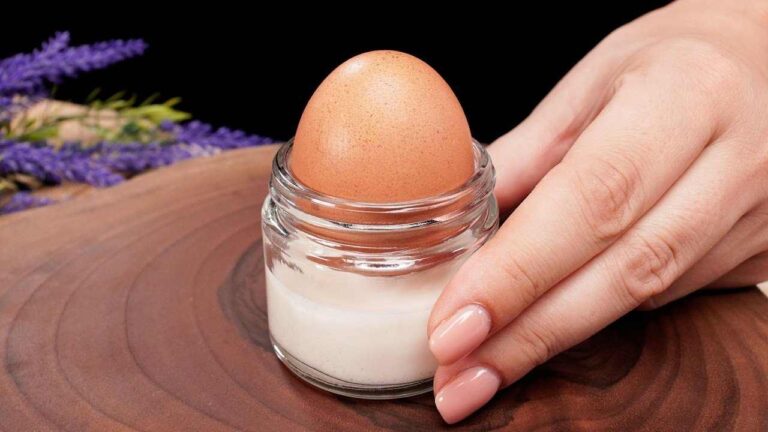How to propagate cypress and thuja easily: here is the gardeners’ technique
Is it possible to propagate cypress and thuja even with a DIY? With these tips from the experts it will be very easy.
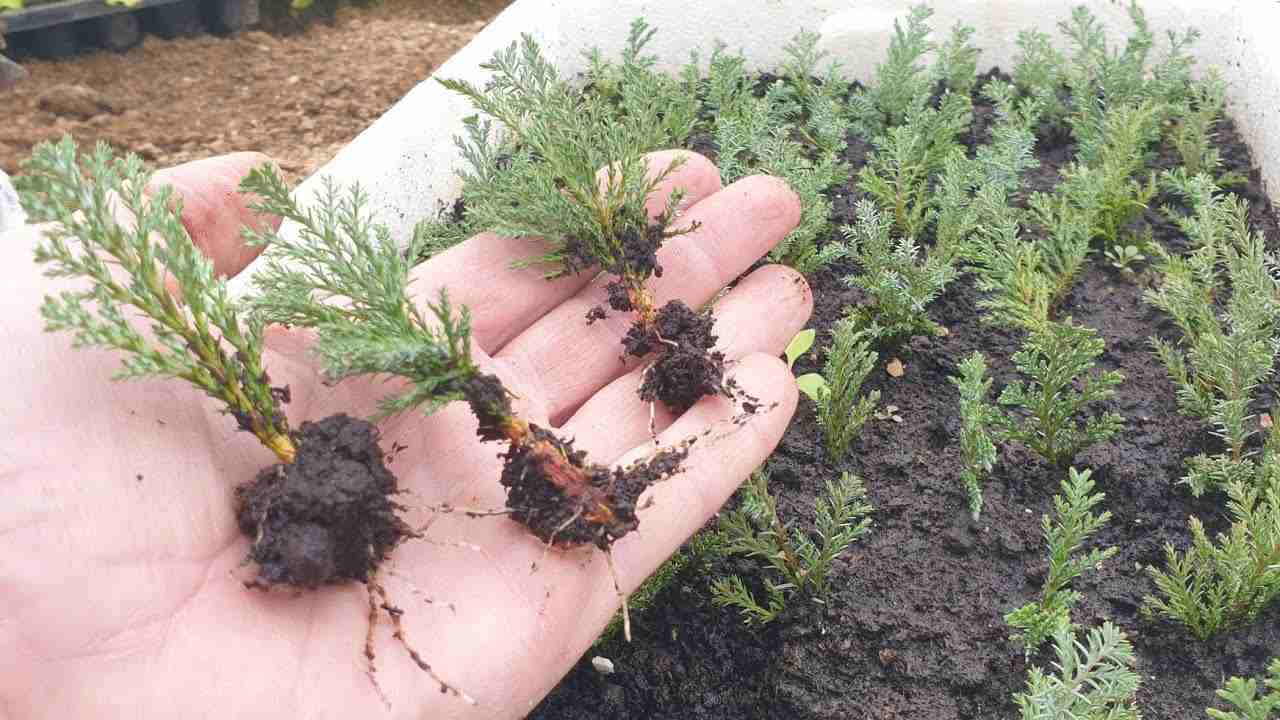
Nurserymen in the sector always teach, step by step, how to propagate plants. A fun and natural method, which allows you to multiply the various types of plants without having to buy new ones. Propagating cypress and thuja is not difficult, even if a minimum of green thumb is certainly required to achieve the goal. How is it done? The word to the gardeners.
Cypress and thuja: what are their characteristics?
The cypress and thuja represent a green shrub, often and willingly present in gardens as decoration. It is an ideal plant for an elegant and refined hedge. This evergreen species reaches up to 60 meters in height, with an intense and slow vertical development.
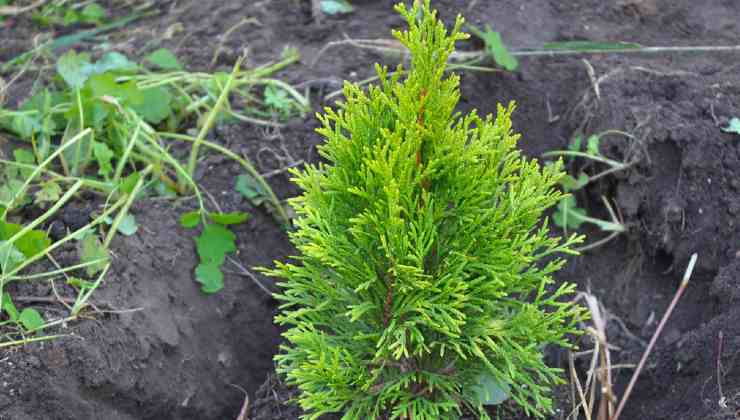
In ancient times, this plant was widely used by American Indians for the construction of canoes, houses and totems. The primary characteristic of this wood is that it is resistant and very light.
For its cultivation it prefers fertile soil , which retains humidity and limestone. Water stagnation is an enemy for the plant, even if the soil must always be well drained and enriched with pumice or sand.
Propagate Cypress and Thuja Easily
Cypress and thuja, in general , are propagated by seed or you can choose the vegetative route. Gardeners prefer propagation by cuttings during the spring. This saves time for germinating the various seeds and also preserves the main characteristics of the main plant.
Expert gardeners emphasize how to do this action yourself, through classic video tutorials. However, it is always advisable to ask for practical advice from professionals in the sector, so as to be able to complete the propagation without damage or errors of various kinds.
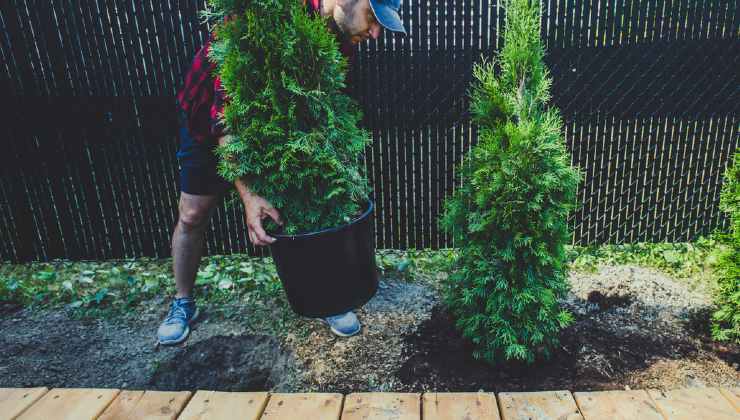
It is good to know that cuttings are collected in spring, even better from the end of March until the end of April. After the winter, shrubs begin to grow again and cutting some cuttings means stimulating them and strengthening the roots.
The tops should be about 12cm long , with a future diameter of no more than 8mm. One-year-old shoots are definitely better, with natural branches that can be used as cuttings. The product should be placed in a container full of water, until the cutting develops its roots. Immediately after, it should be placed in the ground for its development. The development process requires some advice from nurserymen:
- If the cutting is fresh the cut must be made obliquely;
- Where the cut is positioned, it is best to remove the bark by leveraging;
- Leave the shoots, removing only the needles.
